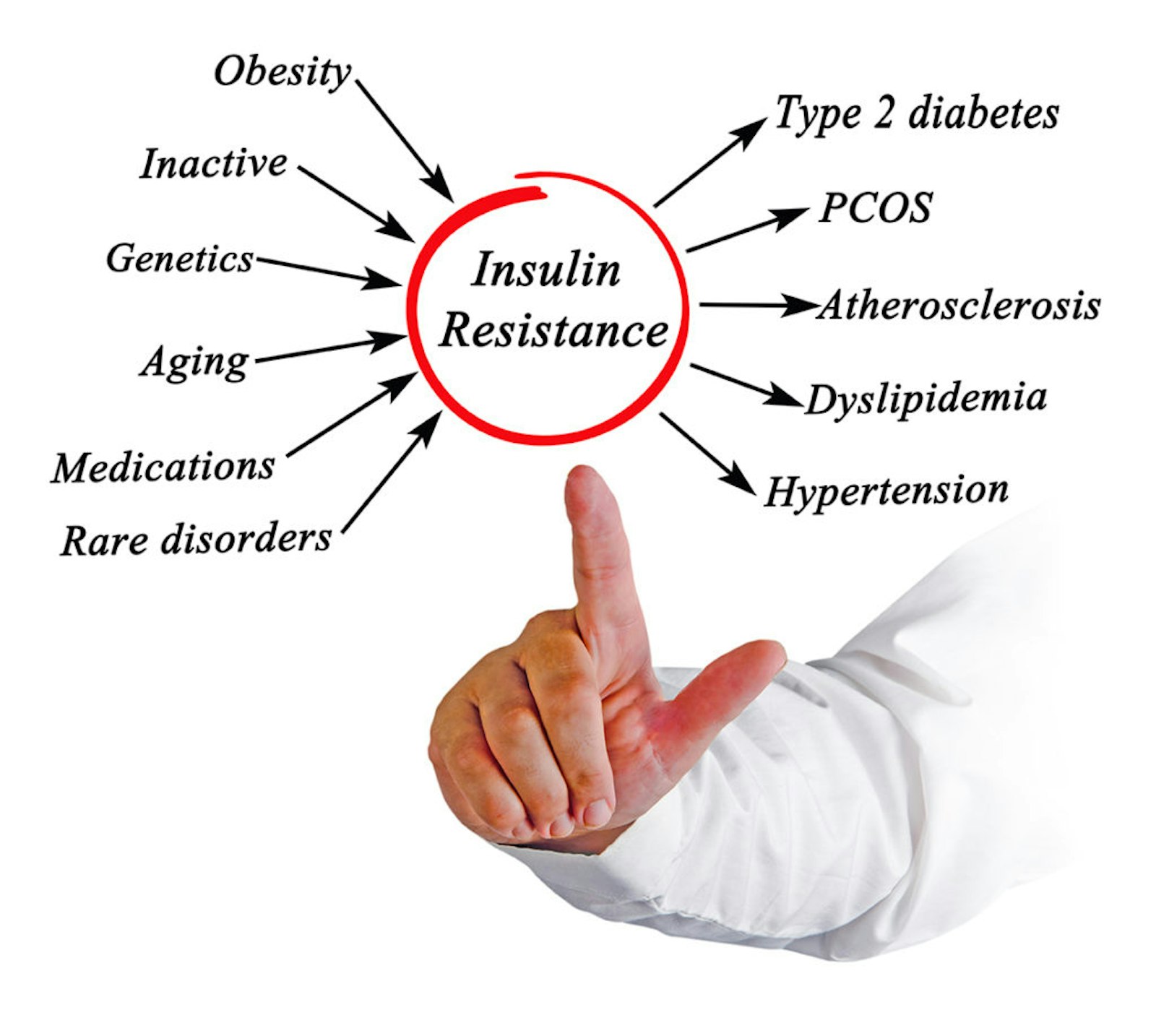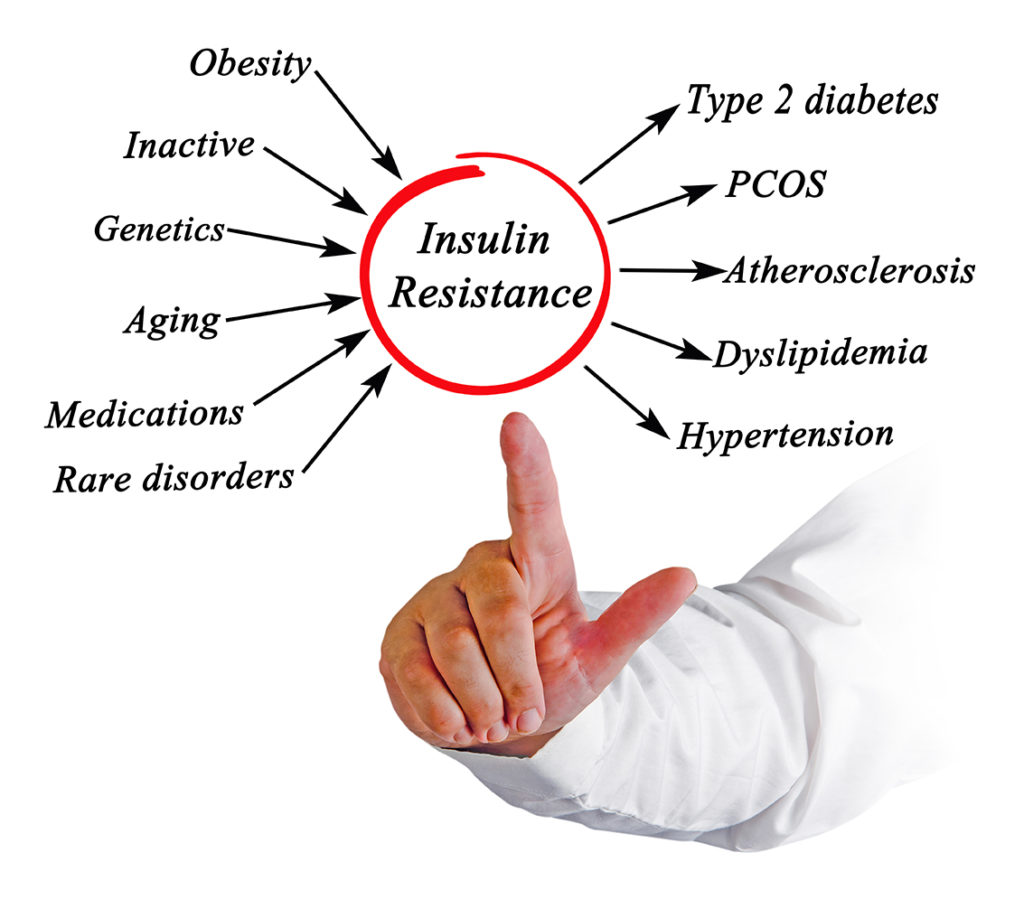


What is Insulin Resistance & What are the symptoms?
Before we talk about Insulin resistance, we have to explain what exactly insulin is, and how it works. Insulin is a very important hormone made by the pancreas it helps glucose in your blood enter the cells in your muscles, fat, and liver so that it can be used for energy. Sugar and Carbohydrates from the foods we eat, turns to glucose in our bodies.
Insulin Resistance:
Insulin resistance is when cells in your muscles, fat, and liver do not respond well to the insulin and cannot easily take glucose from your blood. As a result, your pancreas makes more insulin to overcompensate for the lack of response from the cells. (Side note: Insulin is known to cause weight gain.) The body is causing the pancreas to create more insulin to keep itself in balance and to prevent blood glucose elevation.
Symptoms of Insulin Resistance:
The symptoms of Insulin resistance are darkened skin on your armpits, on the back and sides of your neck, a condition called acanthosis nigricans. Many individuals will have multiple skin growths called skin tags that often appear in the same area, and a lot of people with insulin resistance experience obesity or are overweight due to the over production of insulin which causes weight gain.
Diagnosing Insulin Resistance:
There is test that can diagnose insulin resistance, but a Specialist has to order them. The most accurate test for insulin resistance is complicated and is mostly used for research.
How to prevent or Reverse Insulin Resistance:
Physical activity and losing weight if needed is the first answer to this problem. Physical activity has been shown time and time again in evidenced based practice to lower the blood glucose in the body, there by causing the pancreas to make less insulin. Taking small steps such as eating healthier foods and moving more to lose weight can help reverse insulin resistance and prevent or delay diabetes type 2 in the future if the patient is also pre-diabetic. Research showed that losing 5 – 7% of your starting weight helped to reduce the chance of developing the disease. That would be 10 – 14 pounds, if you are a 200 pound person.
Planning, tracking your progress, and getting support from a health coach, can help you make lifestyle changes that may prevent or reverse insulin resistance.
Retrieved from: